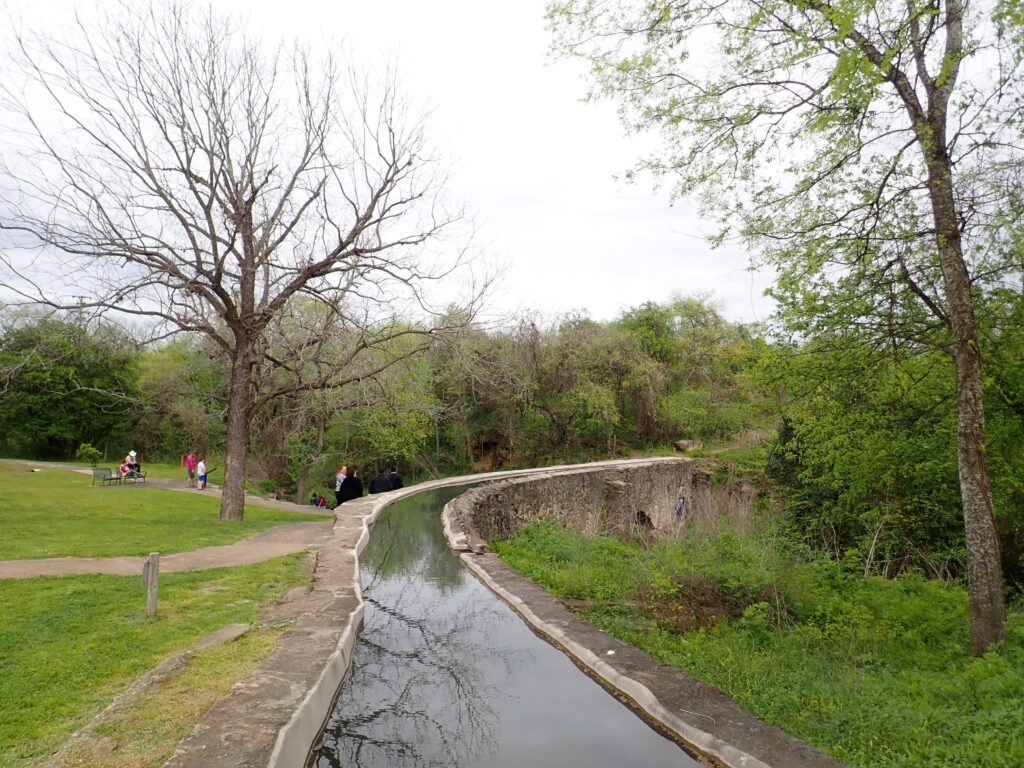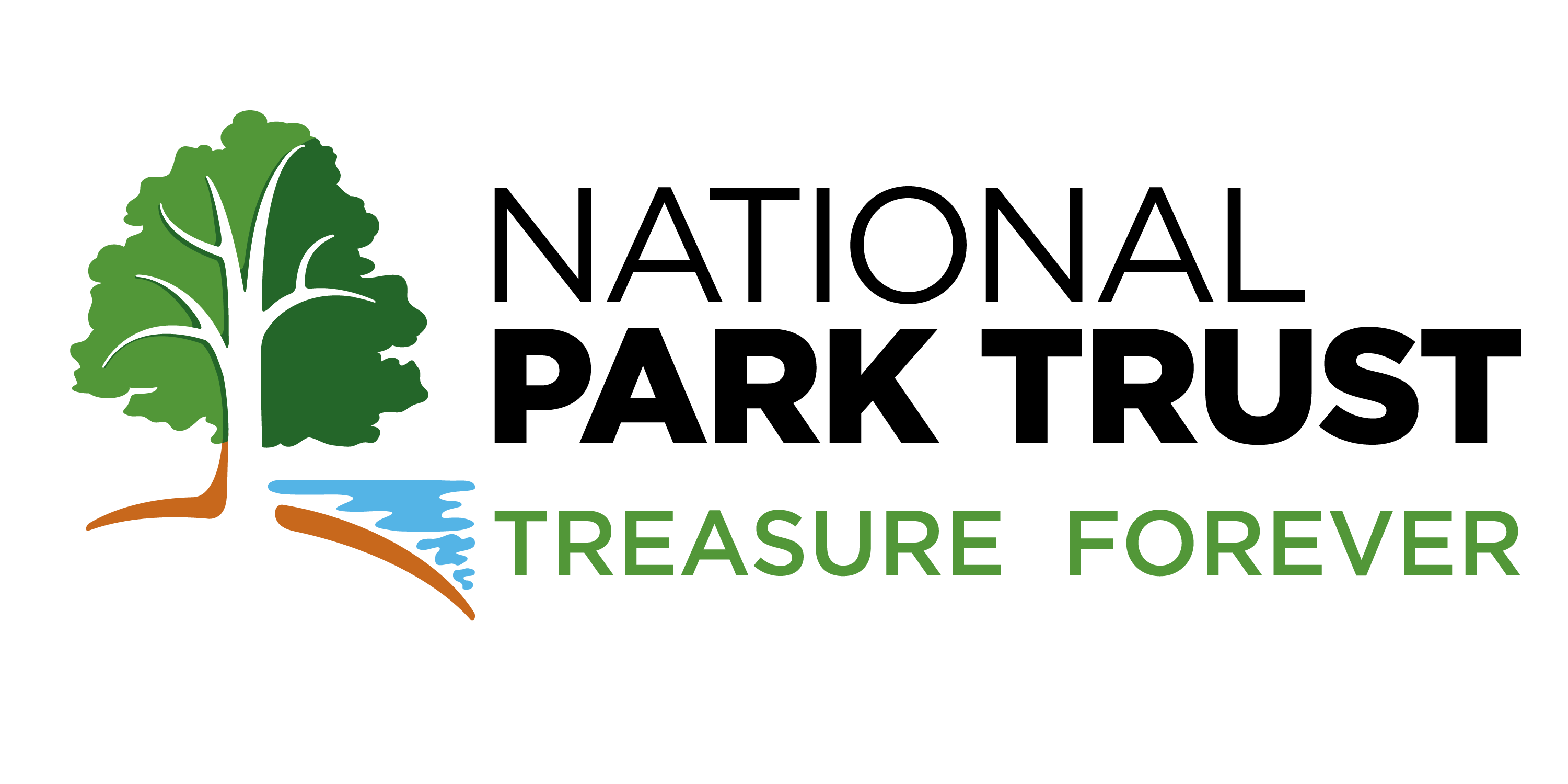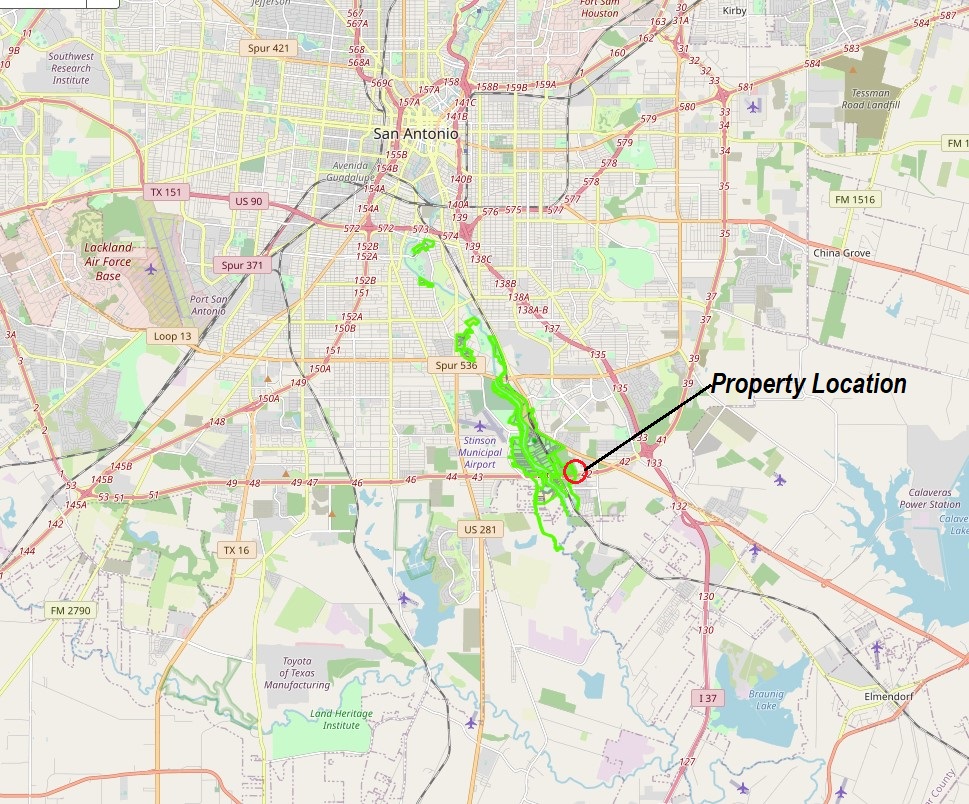In 2022, National Park Trust received a donation of 0.3476 acres of historically significant property in San Antonio, Texas, adjacent to the San Antonio Missions National Historical Park for future transfer to the National Park Service.
Project Details:
Project Years: 2023 – 2025
Parcel Size: 0.3476 acres
Project Cost: $69,000
Park Trust Role: Hold and sell to NPS
Funding Source: Donations to National Park Trust
Overview
After successfully working with us in 2021 to sell 44 acres of undeveloped land to expand San Antonio Missions National Historical Park, a property owner in Bexar County, Texas recently donated an additional 0.3476 acres of land in San Antonio to us. The historically significant parcel is directly adjacent to the San Antonio Missions National Historical Park (NHP), and next to property that the Park Trust transferred to the National Park Service (NPS) in 2021.
The property includes a portion of the east bank of the historic acequia (irrigation canal) that supported the cultivation of food crops for historic missions from the Spanish Colonial era. Four out of five Spanish Colonial Missions around San Antonio are protected by the San Antonio Missions NHP, the oldest of which dates from the early 1700s. The fifth mission, which is not in the Park, is the Alamo.
The Park Trust plans to transfer this important historic property to NPS for inclusion in San Antonio Missions NHP.
Why This Place Matters
UNESCO (the United Nations Educational, Scientific and Cultural Organization) named the Park and Alamo a World Heritage Site. San Antonio Missions qualified because the missions and grounds have an accurate cultural and historical landscape, “authentic” mission structures (that is, they had enough original construction and are using the same material for repairs as the missionaries did) and are formally protected by NPS and other governmental bodies.
Significance of the Acquisition:
- • Permanent preservation of a portion of the historic acequia that provided water to support agriculture for historic missions from the Spanish Colonial era.
- • Protection of the historic cultural landscape views from the missions.









